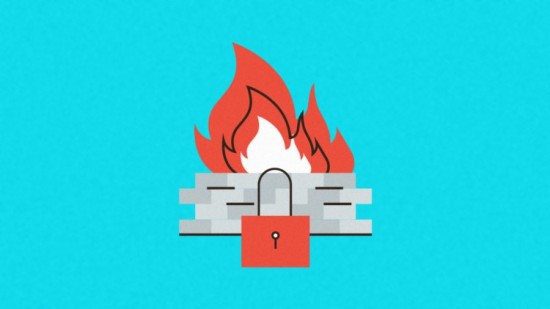When most people are asked to think of a wall of fire, they might think of the pyrotechnic scene on any first-rate metal band stage, but unfortunately, firewall protection services aren’t quite like all that. That’s not to imply, though, that they aren’t terribly important or that meltdowns caused by failing to ensure proper firewall protections can’t be as damaging as a direct blast of a flame thrower. Firewalls adopt their name and function directly from physical structures that stand between danger, often fire, and fragile stuff, like your face.
Computer firewalls do bear some similarity to their real-life counterparts. They work to protect users and their information, not from thermal energy, but instead from the scum and villainy, which occupy the wretched hives of the open Internet.
Generally speaking, there are two layers of firewall protection, which operate in conjunction with both hardware and software, to carry out a given set of rules.
Hardware firewall solutions are automatically built into the routers that most of us are using today. These work by tagging all outgoing traffic from a private network, like the one in our home, with a particular network ID that is then also attached to any corresponding incoming traffic. This allows the router to determine the origin of incoming packets, blocking any transfers, which weren’t initiated from behind the firewall. It also prevents files from being downloaded without a user’s knowledge. It can stop first-step intrusions known as port scan attacks, letting us feel safe that the update for our favorite new game is what it says and not some piece of spyware that will constantly spam us with adverts for pills that improve performance
Software-based protections function by monitoring the integrity of flowing traffic processes through variables such as incoming and destination IP addresses, transfer times or download sizes, and killing connections that don’t need expectations. These are advantageous because they monitor outgoing traffic as well as incoming, blocking programs such as IP-spoofing ones, from attacking individual machines once they’ve infiltrated a network. These are what allow us to transfer files between our friends without worrying that a third-party has attached something along the way or feel safe when continually transferring packets during things such as an online gaming session, knowing that the firewall will detect any un-approved packets.
Often the large-scale data thefts we hear about come as a result of some entity which has gone and painted a giant target on their back by not implementing strong enough active firewall protection, allowing unwanted information transfers to remain disguised as authentic ones.
While in theory, firewall protections work as seamlessly as their physical predecessors, in practice, these types of solutions can require a little bit more attention than your average wall made of bricks
Pretty well anyone who has ever installed a new game or component has run into that annoying Windows prompt. The one that is asking them if you’re really sure you wish to connect and update the software. While they’re not all good news, no matter how arbitrary a warning might seem or how annoying its accompanying beep is, these grievances are nothing compared to the sound your customers and partners will make when all of their credit cards and other information has been stolen.
[su_box title=”About David Balaban” style=”noise” box_color=”#336588″] David Balaban is a computer security researcher with over 10 years of experience in malware analysis and antivirus software evaluation. David runs the www.Privacy-PC.com project which presents expert opinions on the contemporary information security matters, including social engineering, penetration testing, threat intelligence, online privacy and white hat hacking. As part of his work at Privacy-PC, Mr. Balaban has interviewed such security celebrities as Dave Kennedy, Jay Jacobs and Robert David Steele to get firsthand perspectives on hot InfoSec issues. David has a strong malware troubleshooting background, with the recent focus on ransomware countermeasures.[/su_box]
David Balaban is a computer security researcher with over 10 years of experience in malware analysis and antivirus software evaluation. David runs the www.Privacy-PC.com project which presents expert opinions on the contemporary information security matters, including social engineering, penetration testing, threat intelligence, online privacy and white hat hacking. As part of his work at Privacy-PC, Mr. Balaban has interviewed such security celebrities as Dave Kennedy, Jay Jacobs and Robert David Steele to get firsthand perspectives on hot InfoSec issues. David has a strong malware troubleshooting background, with the recent focus on ransomware countermeasures.[/su_box]
The opinions expressed in this post belongs to the individual contributors and do not necessarily reflect the views of Information Security Buzz.



